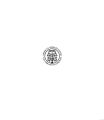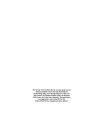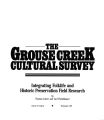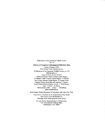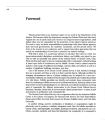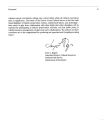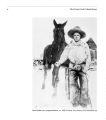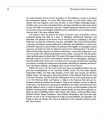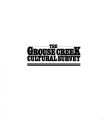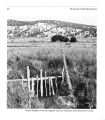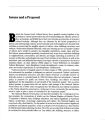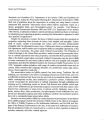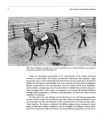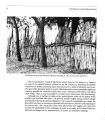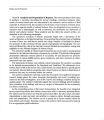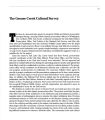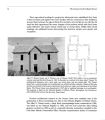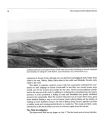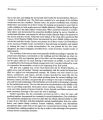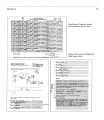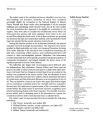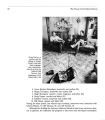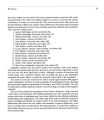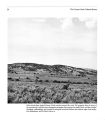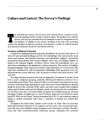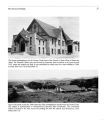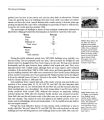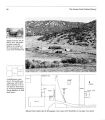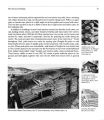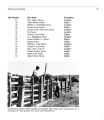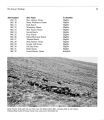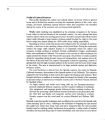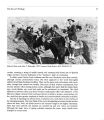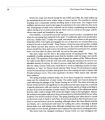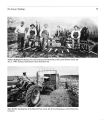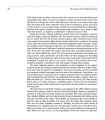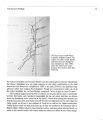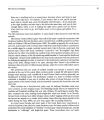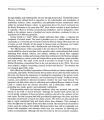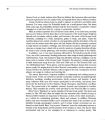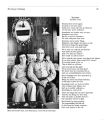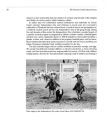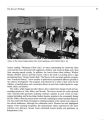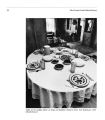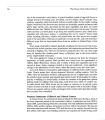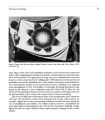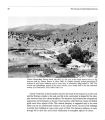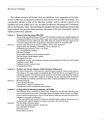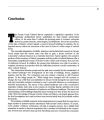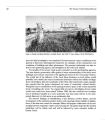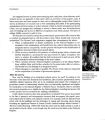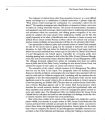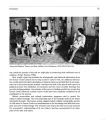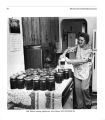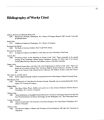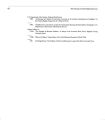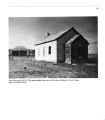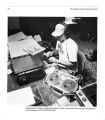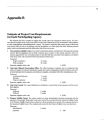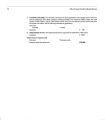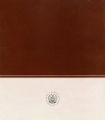| OCR Text |
Show The Survey 17 tion to the area, and during the second and third weeks the documentation effort proceeded in a disciplined way. The field team consisted of a core group of five full-time researchers and one consultant. Thomas Carter, the project coordinator and a full-time fieldworker, was present for all three weeks. His training and experience meant that he could contribute to both architectural and folklife fieldwork. Debbie Randall and Roger Roper from the Utah State Historic Preservation Office conducted research in architectural history and documented the properties identified during the survey. Randall, an architectural historian, was present for all three weeks; historian Roper was present for the second and third weeks. Folklorists Carol Edison of the Utah Arts Council and Hal Cannon of the Western Folklife Center documented the area's folklife. Edison was present the first and third weeks; Cannon was present for all three weeks. Carl Fleischhauer of the American Folklife Center contributed to final planning and logistics and assisted in training the team in media documentation. He was present for the first week. Altogether, the field investigation benefited from a total of fourteen "people-weeks" of field research. The activities of the survey team were generally divided according to expertise: the preservation historians concentrated on the buildings and the folklorists on other cultural features. But one important goal of the effort was the integration of knowledge, and the plan called for as much sharing of information as possible. In part this was accomplished by the living and dining arrangements, but it was also furthered by a pair of cooperative documentation events at the beginning of the field period. The first was a guided tour of the Frost Ranch (site 52) by Winfred Kimber, an eighty-seven-year-old rancher. During a reconnaissance visit, the ranch had been identified as a typical and well-preserved example. Mr. Kimber was well versed in local history, architecture, and custom, and the occasion launched the team fully into the mainstream of the project. The team asked questions about the various buildings, their functions, names, and dates, and generally got a feeling for the types of buildings in the area and for local terminology. This information proved useful in developing a typology for the architectural survey. The tour also served as an introduction to the folklife of the area by providing important information about ranching customs, the yearly work cycle, and other aspects of Grouse Creek life. Carter, Randall, and Edison returned and made measured drawings of the ranch site and its buildings. Further immersion into the community occurred on July 6, when the team, still working together, documented the community's annual Independence Day celebration. The community scheduled the event two days after the official national holiday in order to place it on a Saturday. Activities included a parade, baseball game, foot race, rodeo, dance, and various family reunions. Former residents, relatives, and descendants attended the affair, which took on the aspect of a community homecoming. One couple scheduled their wedding reception for the day in order to take advantage of the presence of many former community members. |


